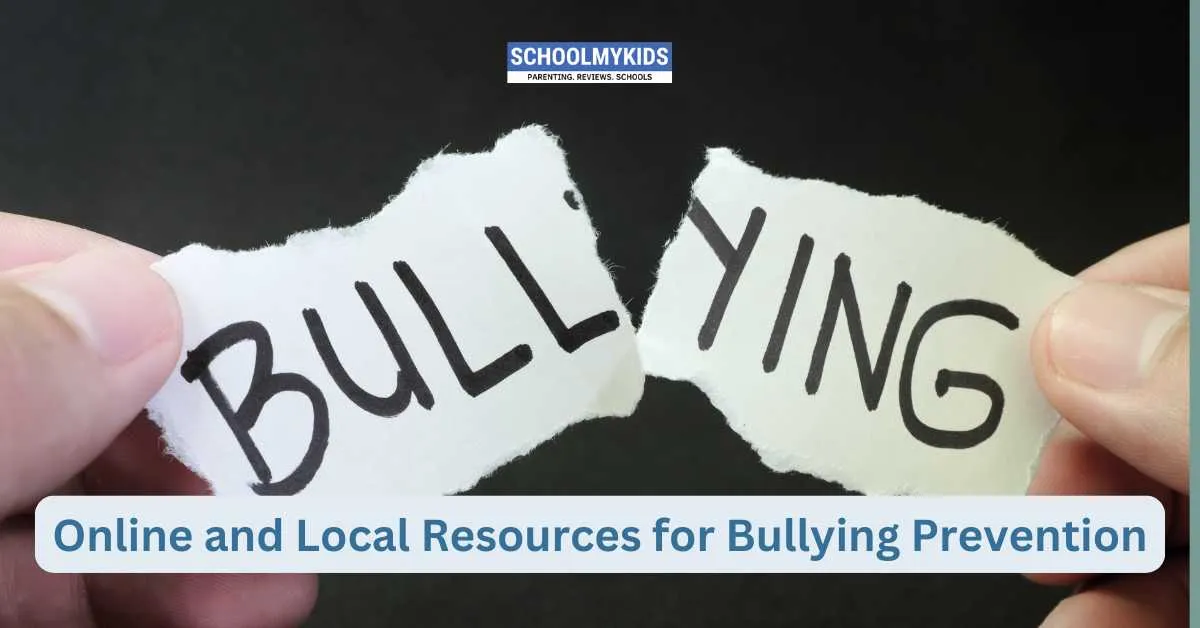Bullying remains a significant challenge in schools and communities worldwide, and India is no exception. It affects the emotional, social, and academic well-being of children. Fortunately, a growing number of resources—both online and locally—are dedicated to preventing bullying, supporting victims, and educating communities about effective intervention strategies. This article provides an overview of various resources available in India, highlighting the advantages of each and offering guidance on how to access these valuable supports.
The Role of Online Resources
Online resources have become indispensable in the fight against bullying due to their accessibility, breadth of information, and interactive nature. In India, these platforms serve as educational tools, provide crisis intervention, and connect individuals with support networks regardless of geographical limitations.
1. Educational Websites and Portals
Several websites offer comprehensive information about bullying prevention, strategies for intervention, and guidance for parents, teachers, and students. These platforms often feature articles, toolkits, and videos designed to raise awareness and promote best practices.
- StopBullying.gov (International Resource): Although managed by the U.S. Department of Health and Human Services, this site offers valuable strategies and information that can be adapted to the Indian context.
- Childline India Foundation: This organization offers information, helpline services, and counseling support for children facing bullying and other forms of abuse.
- NCBCR (National Commission for Protection of Child Rights): The NCPCR provides guidelines and information on protecting children from all forms of abuse, including bullying, and works with schools and communities across India.
2. Online Counseling and Helplines
Digital platforms offering counseling services provide immediate support for those affected by bullying. They connect users with mental health professionals through secure, confidential channels.
- BetterHelp and Talkspace (International Platforms): These platforms offer online therapy services, including dedicated programs for adolescents, and are accessible in India.
- Childline India (1098): A government-supported helpline available 24/7, offering counseling and crisis intervention for children facing bullying, abuse, or other challenges.
- YourDOST: An online emotional wellness platform that connects users with professional counselors, which can be particularly useful for teenagers experiencing bullying-related distress.
3. Mobile Applications
Numerous mobile apps developed to help users cope with bullying and manage emotional stress have gained popularity in India. These apps often incorporate elements of cognitive behavioral therapy (CBT), mindfulness, and self-monitoring.
- Calm Harm: Designed to help manage stress and reduce self-harm urges, this app is beneficial for children experiencing emotional distress.
- MindShift: Focuses on managing anxiety and offers tools to help children calm down, reframe negative thoughts, and improve concentration.
- Stop!t: An app that enables students to anonymously report bullying incidents to school officials, thereby fostering a safer digital environment.
4. Social Media and Peer Support Networks
Social media platforms and dedicated online communities provide peer support and help spread awareness about bullying prevention in India.
- Facebook Groups and Forums: Numerous groups exist for Indian parents, educators, and students to share experiences and strategies for dealing with bullying. These communities offer a space for practical advice and emotional support.
- Reddit India: Subreddits focused on parenting and student issues occasionally address bullying and provide a forum for discussion and advice.
The Role of Local Resources
While online resources offer convenience and broad access, local resources provide personalized support and opportunities for face-to-face interaction, which are vital for comprehensive bullying prevention in India.
1. School Programs and Initiatives
Indian schools are increasingly recognizing the importance of bullying prevention and often host various programs to create a safe learning environment.
- Anti-Bullying Policies: Many schools in India have implemented policies that address bullying through reporting systems, disciplinary measures, and support services for victims.
- Social-Emotional Learning (SEL) Programs: A number of schools are incorporating SEL into their curriculum, which helps students develop empathy, conflict resolution, and stress management skills.
- Peer Mentoring Programs: Some schools facilitate peer support initiatives where students are encouraged to look out for one another and intervene when bullying occurs.
2. Community Centers and Youth Organizations
Local community centers and youth organizations play a critical role in fostering safe spaces where children can learn and interact in supportive environments.
- Bachpan Bachao Andolan (Save Childhood Movement): Founded by Bezwada Wilson, this organization works to protect children from abuse and exploitation and offers various programs that promote a safe environment.
- Local NGOs: Numerous non-governmental organizations across India focus on children’s rights and bullying prevention. These NGOs often provide counseling, educational workshops, and support groups for children and parents.
- After-School Programs: Community centers and local clubs offer structured environments where children can participate in extracurricular activities that promote teamwork, creativity, and social skills.
3. Libraries and Local Government Resources
Public libraries and local government agencies are valuable sources of information and support in the Indian context.
- Library Programs: Many public libraries in urban centers host events and reading programs focused on bullying prevention, diversity, and inclusion. These programs are educational for both children and parents.
- Government Helplines and Child Welfare Boards: Local government bodies and child welfare boards provide resources, legal advice, and counseling services for children experiencing bullying.
- Parent-Teacher Associations (PTAs): PTAs in India often organize workshops and seminars that address bullying and foster a collaborative approach to creating safe school environments.
4. Faith-Based and Cultural Organizations
For many families in India, faith-based and cultural organizations offer a supportive environment and moral guidance.
- Religious Institutions: Temples, mosques, churches, and gurudwaras often have youth programs that emphasize values such as compassion, respect, and community. These institutions may offer counseling services or organize events aimed at preventing bullying.
- Cultural Centers: Organizations that celebrate India’s diverse cultural heritage often run programs focused on inclusivity and anti-discrimination, which are key to preventing bullying.
Integrating Online and Local Resources
Combining the strengths of both online and local resources creates a comprehensive approach to bullying prevention in India. Consider these strategies to integrate these resources effectively:
- Stay Informed: Regularly check both online platforms and local community bulletin boards for updates on bullying prevention programs and resources in your area.
- Engage with Schools: Work with your child’s school to understand the online resources they endorse and integrate these with local programs. Collaborate with teachers and school counselors to create a unified approach.
- Build a Network: Connect with other parents, educators, and community leaders to form a network of support. This network can help you share experiences, learn about new resources, and advocate for effective anti-bullying measures.
- Utilize Technology: Use online platforms to supplement local initiatives. For example, participate in webinars hosted by local organizations or join online support groups that align with community efforts.
Conclusion
Both online and local resources play a vital role in the fight against bullying in India. While online resources offer convenience, comprehensive information, and immediate support, local resources provide personalized intervention, community engagement, and direct face-to-face support. By leveraging the strengths of both, parents, educators, and community leaders can create a robust network that addresses bullying effectively and fosters an environment of respect, inclusivity, and safety for all children. Proactive engagement with these resources is essential for preventing bullying and promoting the healthy development of India’s youth.








Be the first one to comment on this story.